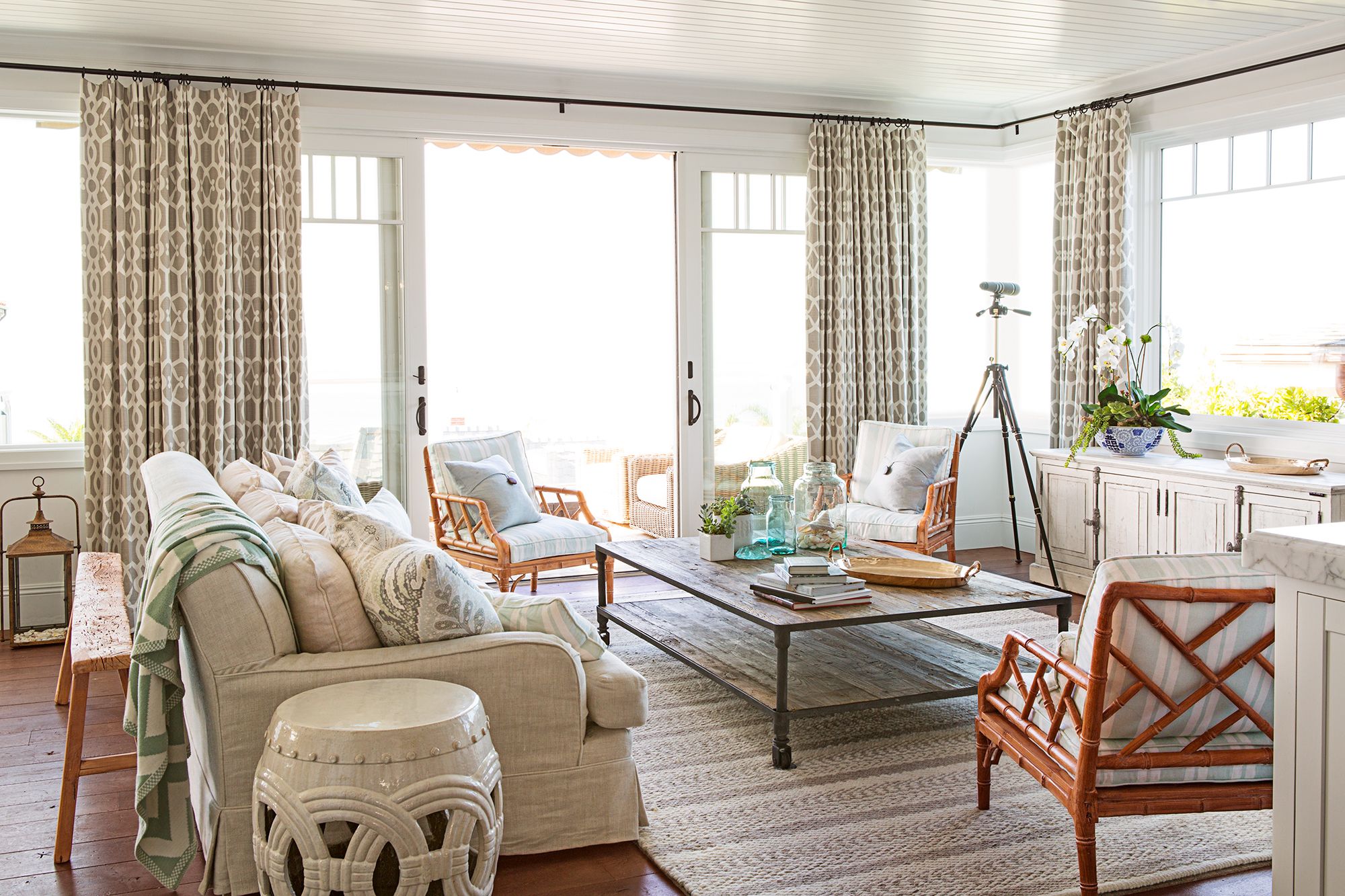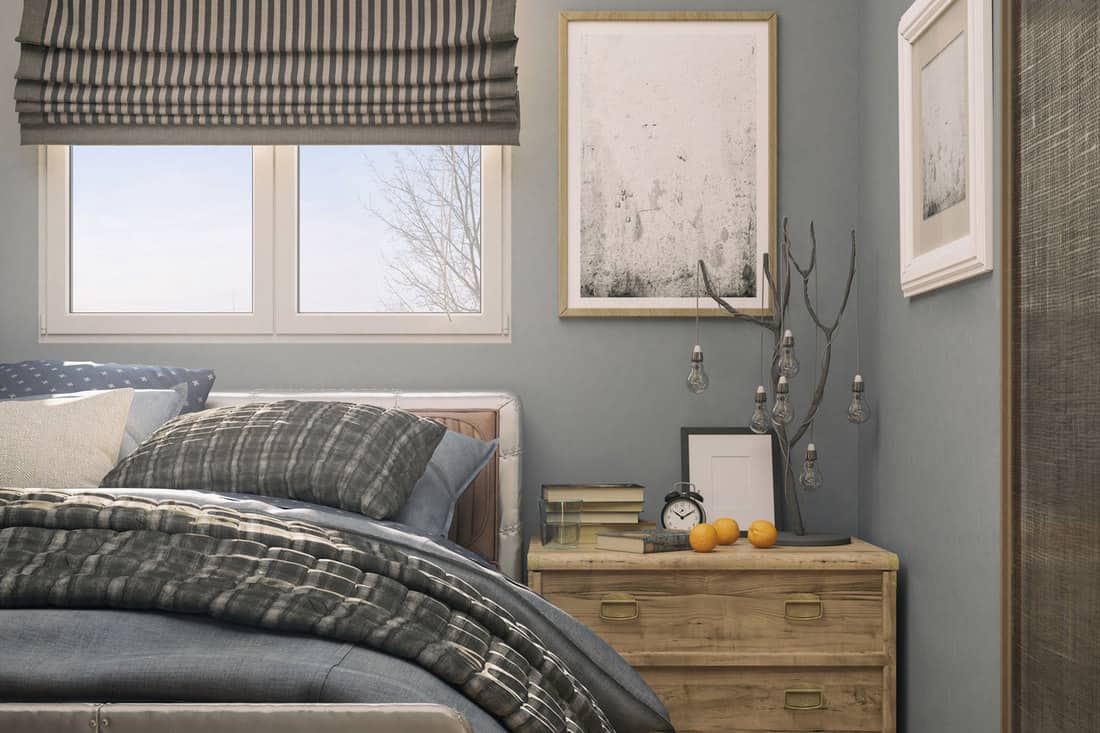

Window films are rated by the National Fenestration Rating Council (NFRC), which also created window labeling and ratings for consumers. Low-e films are also emerging as an energy-saving option. You may also choose options such as tints, UV blockers, or thicker films that offer security. They can also be a good choice on windows that are difficult to fit with other window treatments, or in places where artwork, furniture, or carpeting could be faded by UV exposure.įilms typically have three layers: an adhesive layer that sits against the glass, a polyester film layer, and a scratch-resistant coating.

They can be useful for homeowners who don’t want to block views with other window treatments, but who have issues with glare and solar heat gain. They are best used in climates with long cooling seasons, because they also block the sun's heat in the winter. Window films (applied to the glazing surface) help block against solar heat gain and protect against glare and ultraviolet exposure. One advantage is that the room-side drapery will maintain around the same temperature as the interior space, adding to a room's comfort. Two draperies hung together will create a tighter air space than just one drapery. Taking these steps will further reduce heat loss. You can use Velcro or magnetic tape to attach drapes to the wall at the sides and bottom. Then seal the drapery at both sides and overlap it in the center.
Curtains windows with small windows on top install#
For maximum effectiveness, install a cornice at the top of a drapery or place the drapery against the ceiling. To reduce heat loss, draperies should be hung as close to windows as possible and fall onto a windowsill or floor. Therefore, in winter, you should close all draperies at night, as well as draperies that don't receive sunlight during the day. When drawn during cold weather, most conventional draperies can reduce heat loss from a warm room up to 10% and increase the thermal comfort of the home. Studies demonstrate that medium-colored draperies with white-plastic backings can reduce heat gains by 33%. With such a wide variety of draperies available, it's difficult to generalize about their energy performance.ĭuring summer days, you should close draperies on windows receiving direct sunlight to prevent heat gain. The schedule can be seasonally optimized to reduce heating and cooling loads while maximizing natural light and home comfort.Ĭurtains are fabric interior coverings that are sized to fit the window, while drapes reach all the way to the floor.Ī drapery's ability to reduce heat loss and gain depends on several factors, including fabric type (closed or open weave) and color. Some cellular shades include the option of automation, allowing the blinds to open and close on a set schedule. In cooling seasons, cellular shades can reduce unwanted solar heat through windows by up to 60%, reducing the total solar gain to 20% when installed with a tight fit.Ĭellular shades that operate on side tracks are most effective at increasing the R-value of windows, and those that open from both the top and bottom allow users to most effectively control daylight entering the home. In heating seasons, tightly installed cellular shades can reduce heat loss through windows by 40% or more, which equates to about 10% heating energy savings. Insulated cellular shades can be a good choice if you are looking for significant energy savings from their window coverings, as well as comfort, privacy, and increased home resale value. The air pockets in the honeycomb cross-sections act as insulators, increasing the R-value and reducing the conduction of heat through the window.

Insulated cellular shades are typically considered to have the highest R-values of all window coverings. Some can be adjusted from the top, from the bottom, or both. Insulated shades contain one or more air layers in a honeycomb cross-section. Insulated cellular shades are made of pleated materials that are designed to fold up, accordion-like, usually at the top of the window, but sometimes at either the top or the bottom.


 0 kommentar(er)
0 kommentar(er)
